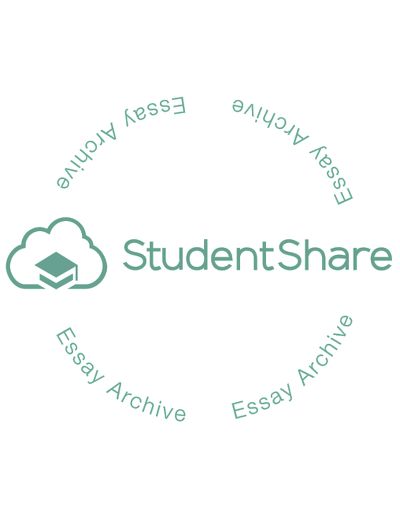Cite this document
(“Video review Essay Example | Topics and Well Written Essays - 4000 words”, n.d.)
Retrieved from https://studentshare.org/education/1395053-it105
Retrieved from https://studentshare.org/education/1395053-it105
(Video Review Essay Example | Topics and Well Written Essays - 4000 Words)
https://studentshare.org/education/1395053-it105.
https://studentshare.org/education/1395053-it105.
“Video Review Essay Example | Topics and Well Written Essays - 4000 Words”, n.d. https://studentshare.org/education/1395053-it105.


